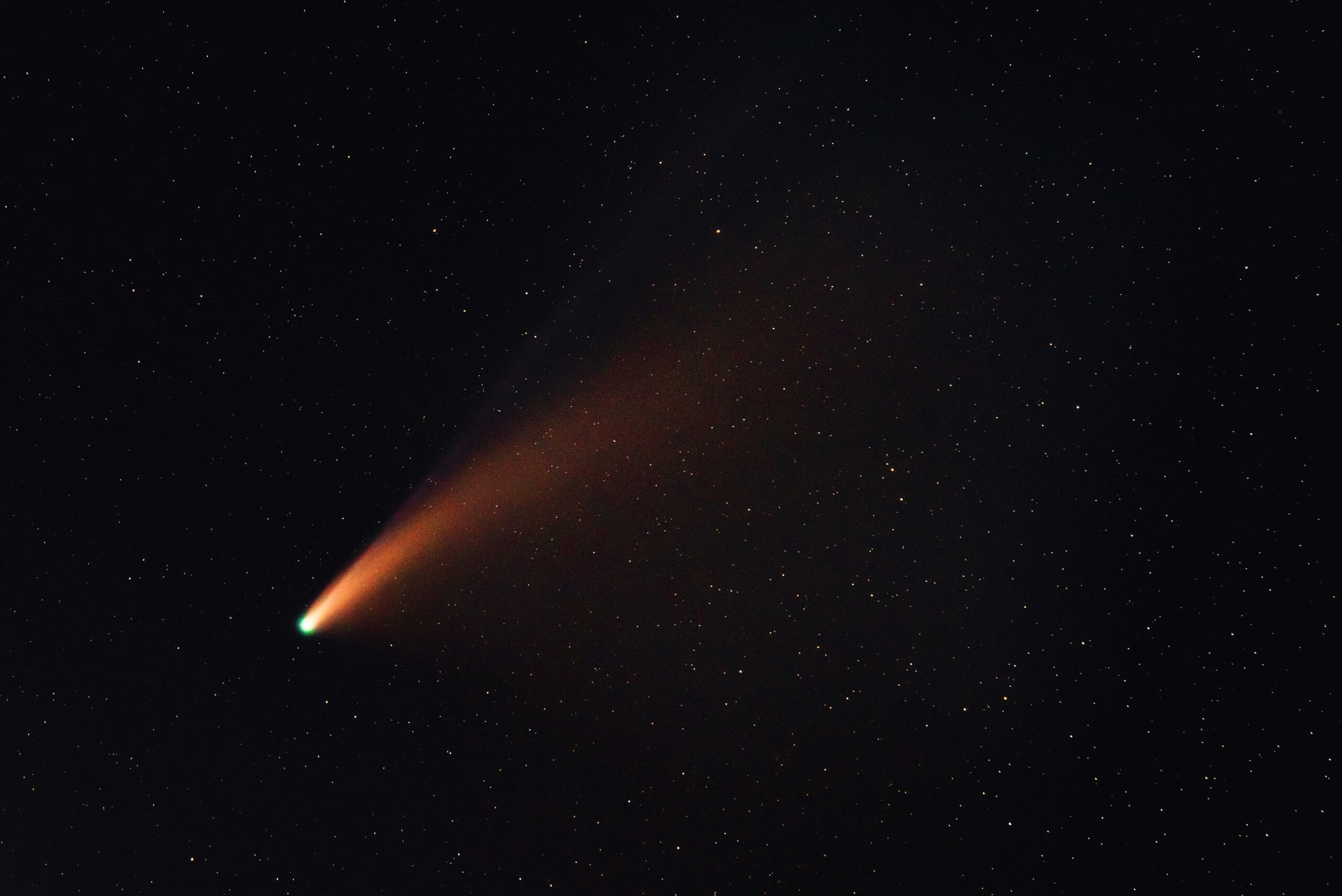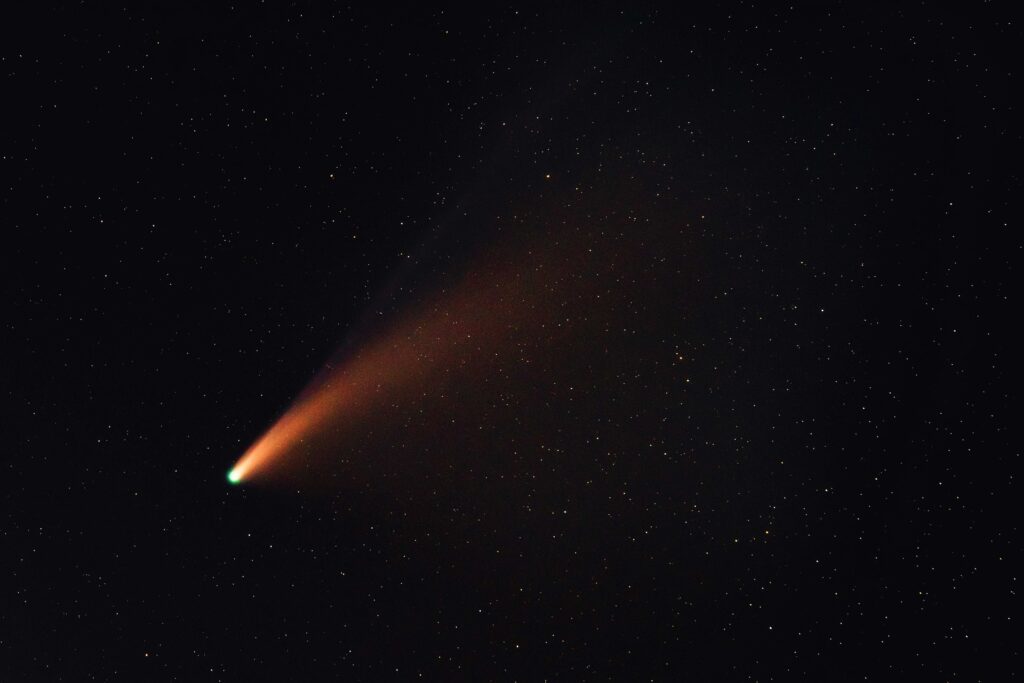
25 Aug Trending in space – August 2021
![]()
![]()
![]()
Latest space science research from around the world.

This month in space history
- 6 August 1181: a supernova was observed by Chinese and Japanese astronomers
- 28 August 1789: Sir William Herschel discovered Saturn’s moon Enceladus. Enceladus is one of the innermost moons of Saturn. It reflects almost 100 percent of the sunlight that strikes it and has at least five different types of terrain.
- 7 August 1959: the Explorer 6 satellite returned the first crude TV images of Earth from space
- 10 August 1960: a capsule ejected from the US Discoverer 13 satellite was recovered when it returned from orbit; it was the first human-made object recovered from space
- 27 August 1962: the NASA Mariner 2 spacecraft was launched sending it on a three-and-a-half month flight to Venus
- 28 August 1964: the Nimbus 1 satellite was launched. It provided the first night time cloud cover images returned by satellite
- 29 August 1965: astronaut Gordon Cooper in orbit 160 kilometres above Earth aboard the NASA spacecraft Gemini 5 held a conversation with aquanaut M. Scott Carpenter in Sealab II which was 75 metres below the surface of the Pacific Ocean. It was the first time an astronaut in space spoke with an aquanaut under water
- 23 August 1966: NASA’s Lunar Orbiter 1 took the first photograph of Earth from the Moon
- 4 August 1969, the US Mariner 7 encountered Mars (Mariner 6 had arrived a few days earlier). The Mariner 6 and 7 spacecraft were designed to fly over the equator and southern hemisphere of Mars
- 7 August 1969: the Soviet circumlunar mission, Zond 7 (also known as Soyuz 7K-L1), launched from Baikonur, USSR. The spacecraft obtained colour photography of Earth and the moon from varying distances
- 20 August 1977: NASA’s Voyager 2 spacecraft was launched from Cape Canaveral aboard a Titan-Centaur rocket. Between them, Voyager 1 and 2 explored all the giant planets of our outer Solar System: Jupiter, Saturn, Uranus and Neptune. They also explored 48 of their moons and the unique system of rings and magnetic fields those planets possess
- 31 August 1979: Comet Howard-Koomur-Michels collided with the Sun. This was the first recorded instance of a comet hitting the Sun. The energy released by the event was about equal to one million hydrogen bombs
- 30 August 1984: Space Shuttle Discovery deployed three satellites and extended a 31-metre tall, 4-metre wide solar wing called OAST-1 from its payload bay. The wing carried different types of solar cells and extended to full height several times to demonstrate large lightweight solar arrays for future use on structures like the International Space Station
(Source: NASA and ESA)
Good morning, Sun
Recently you may have noticed some disruption when using the internet. This is because the Sun is waking up again after some minimal activity near the end of 2019. The Sun has a regular activity cycle that lasts about 11 years. Solar activity by way of solar flares has been on the increase, and will probably peak around 2025.
There was a big flare at the beginning of July, and another one later in the month on the far side of the Sun. As we enter the more active part of the solar cycle, flares become more common.
But what are solar flares? They are explosions on the surface of the sun caused by the release of energy stored in the magnetic field.
Energy from the Sun is what makes life on Earth possible. The bulk of the energy is in light that warms the surface and creates the liquid oceans and breathable atmosphere. The total energy is very stable, changing only by a tiny fraction of a percent over the decades and centuries.
However, events on the Sun like flares can cause a spike in X-ray radiation that can affect satellites or result in huge amounts of material being expelled into space. If this ejected material hits the Earth, it can disrupt our own magnetic field, causing upsets in communication, the electric grid, and many other aspects of our technological society. SANSA concentrates on the study of events like this. We call it space weather.
Unfortunately, space weather forecasters are not yet able to predict when the Sun will next flare. But when a flare begins, we can often predict how long it will last or how large it might be. And you can expect a few more big flares in the next few months.



